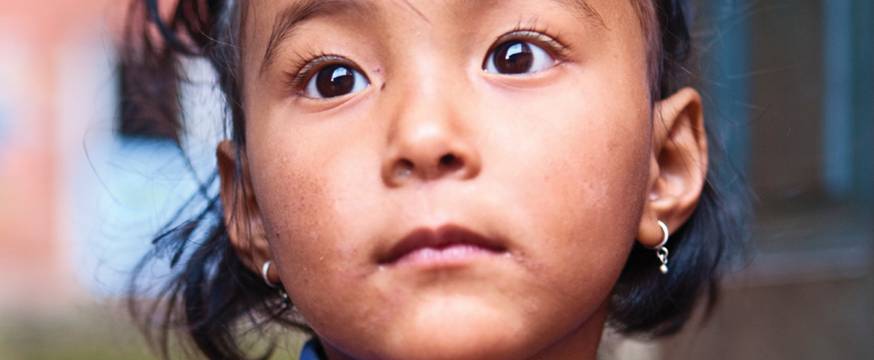
Social norms and equity in education
Research 17 Sep 2012 5 minute readACER is conducting a study for UNICEF to explore how social norms operate in and through education.
As part of the Millennium Development Goals, governments of UN countries have pledged that by 2015 children everywhere will be able to complete a full course of primary schooling, and that gender disparity should be eliminated in education. However, there are currently an estimated 67 million primary school aged children who are not in school. Of these children, 45 per cent live in sub-Saharan Africa and another 24 per cent in South and West Asia.
ACER is conducting a review of existing analytical frameworks and empirical research on social norms and equity in education, followed by case studies in Liberia, Nepal and Kenya. These will inform a conceptual framework and recommended program strategy for UNICEF.
ACER Senior Research Fellow Dr Rachel Outhred said, ‘The review and case studies will look at how social norms can rein-force exclusion and disparities, and also how they can have a positive impact on inclusion and equity.
‘We will be able to identify what works in terms of effective programs that challenge prejudicial social norms. We can also recommend strategies that enhance social norms that promote inclusion in education.
‘An example of a prejudicial social norm that impacts negatively on the educational outcomes for certain groups, is the norm for adults to remain silent when they witness sexual violence in the school,’ Dr Outhred said.
The project team has made a number of interesting initial findings, which included a review of the publicly available data regarding the impact of discriminatory social institutions on outcomes for women.
In examining the relationship between the Social Institutions and Gender Index (SIGI) and the United Nations Development Program’s Gender Inequality Index (GII) in 99 countries, the team compared the impact of discriminatory social institutions on outcomes for women.
The analysis showed a moderately strong relationship between the SIGI and the GII, as well as a fairly clear connection be-tween discriminatory social institutions and outcomes for women. As the intensity of discriminatory practices against women increases, so the outcomes for women (compared with those of men) worsen.
The absolute and the relative position of the women in each country was also considered. Women in many countries are in especially discriminatory settings because in absolute terms they are worst off, and in relative terms they are worse than would be expected.
Underlying discrimination against women appears often to be associated with specific regions; for example women in West African nations tend to be worse off in both absolute and relative terms. In contrast, women in Central Asia and Eastern Europe tend to have better outcomes than would be expected, given the extent of underlying discrimination. This more detailed examination of the data was undertaken by breaking it down into United Nations standard geographical regions, which showed this strong clustering effect.
ACER will collaborate with a range of stakeholders to frame the research questions, with staff travelling to country offices in Nepal, Liberia, Kenya and Ethiopia to work with local staff on the case studies in 2012.
‘The in-country case studies will involve UNICEF country office staff and relevant local institutions to identify, develop, analyse and finalise the case studies,’ Dr Outhred said.
Using this information, ACER will design a program strategy that highlights good practice and areas for improvement, providing suggestions on how lessons and strategies can be applied and adapted in a variety of settings.
Recommended strategies are intended to inform UNICEF’s policies and frameworks at a policy level, yet also need to be adaptable at the local level. This will take place through UNICEF’s established organisational structure, through the New York headquarters, regional and country offices, and through field staff.The findings will be presented to UNICEF in New York by the project co-directors, Dr Rachel Outhred and Ms Leila Ismail.
